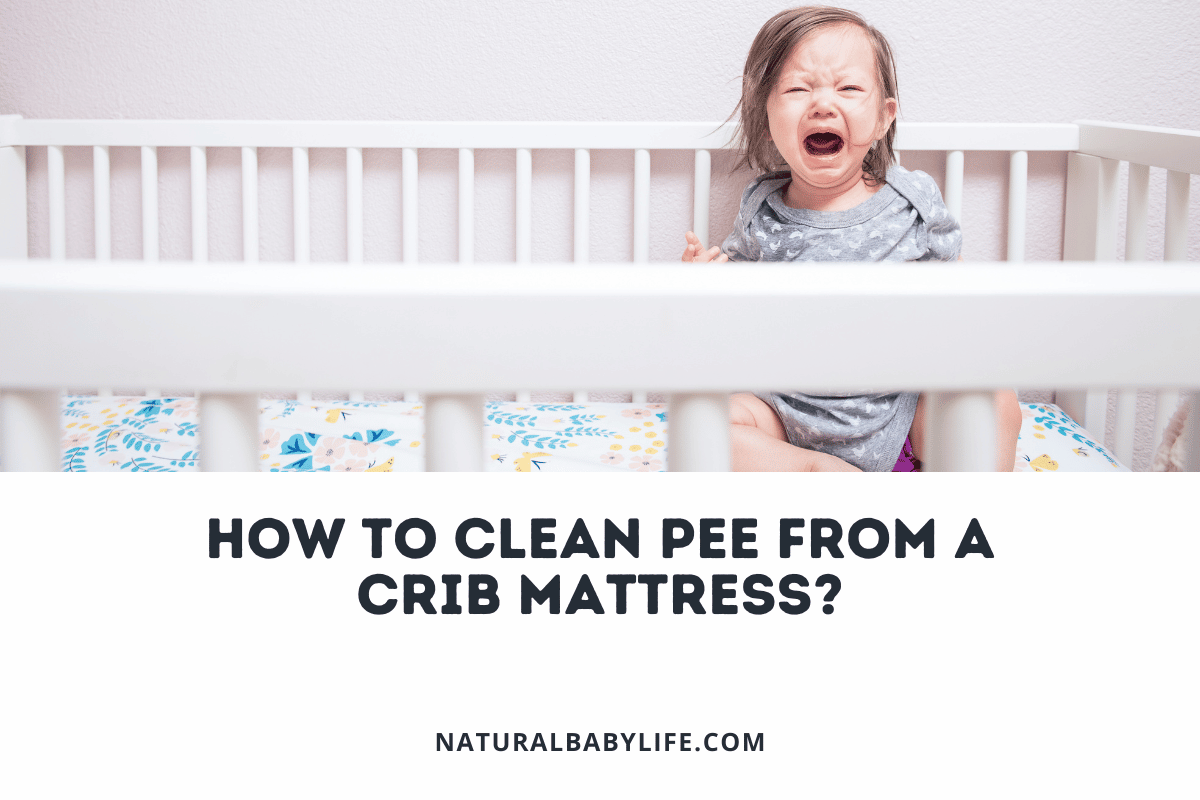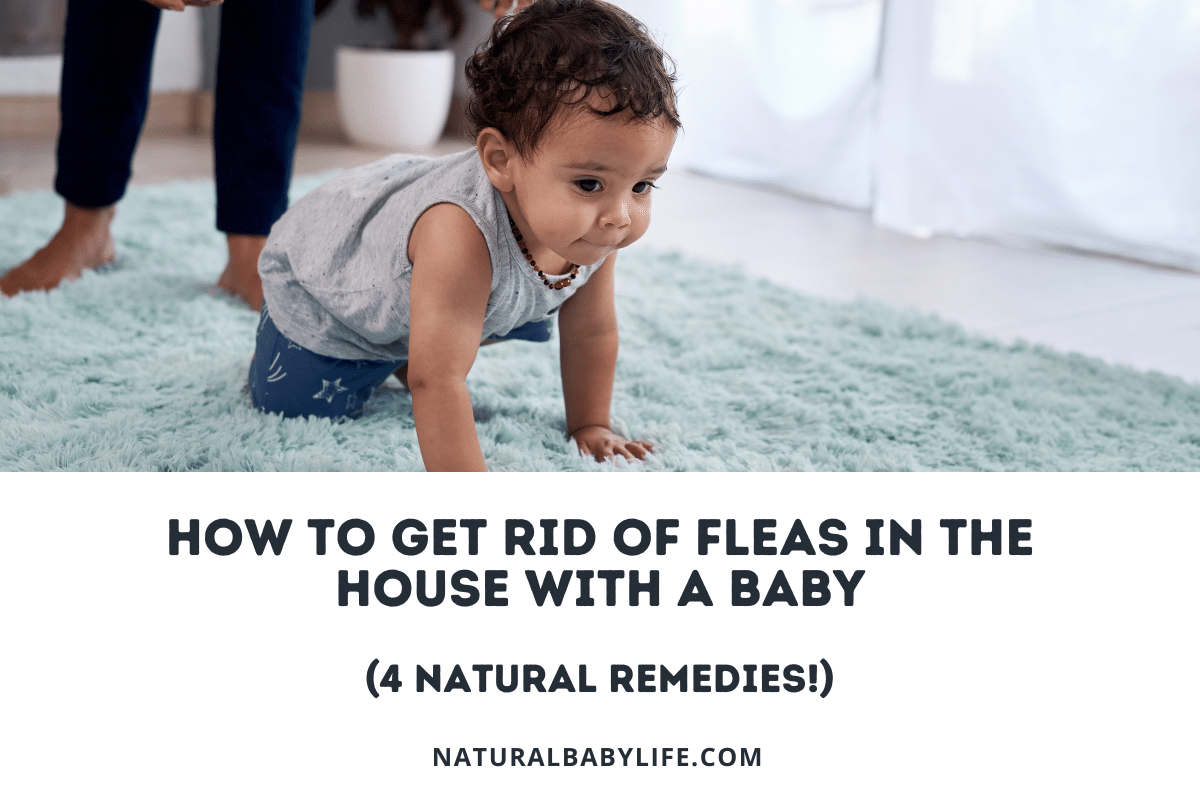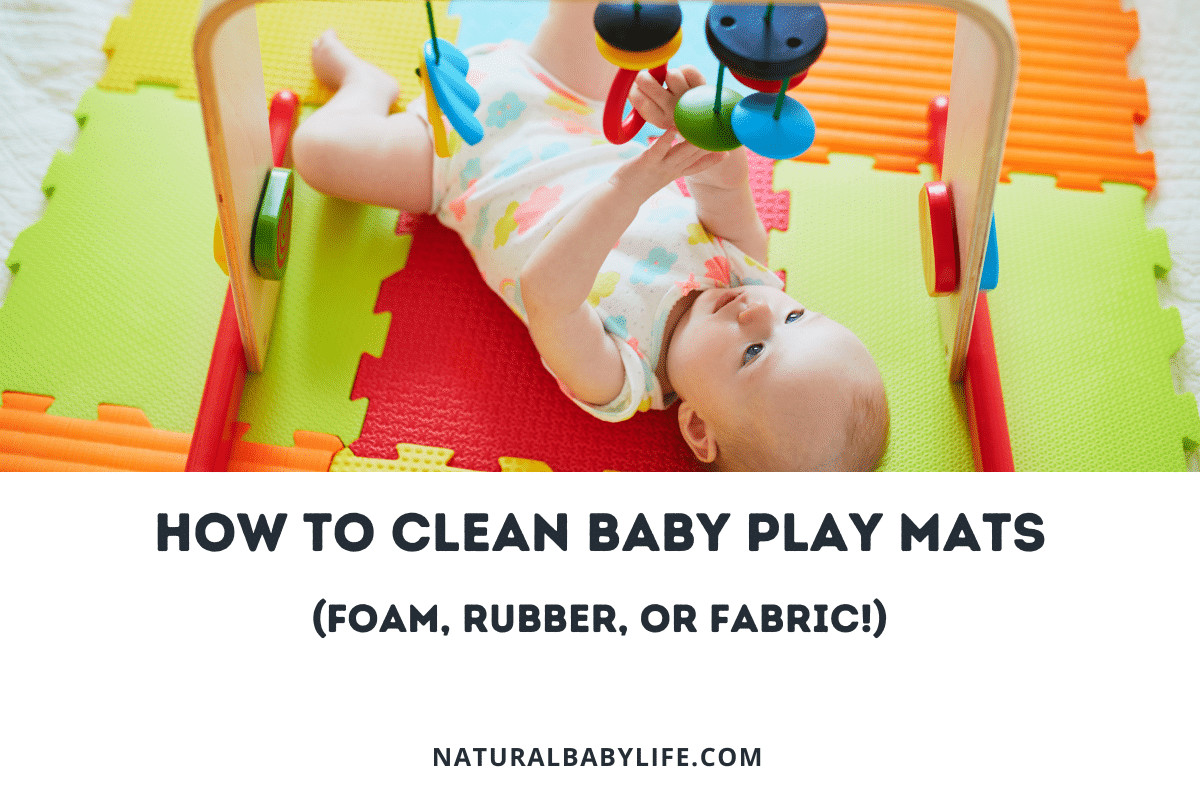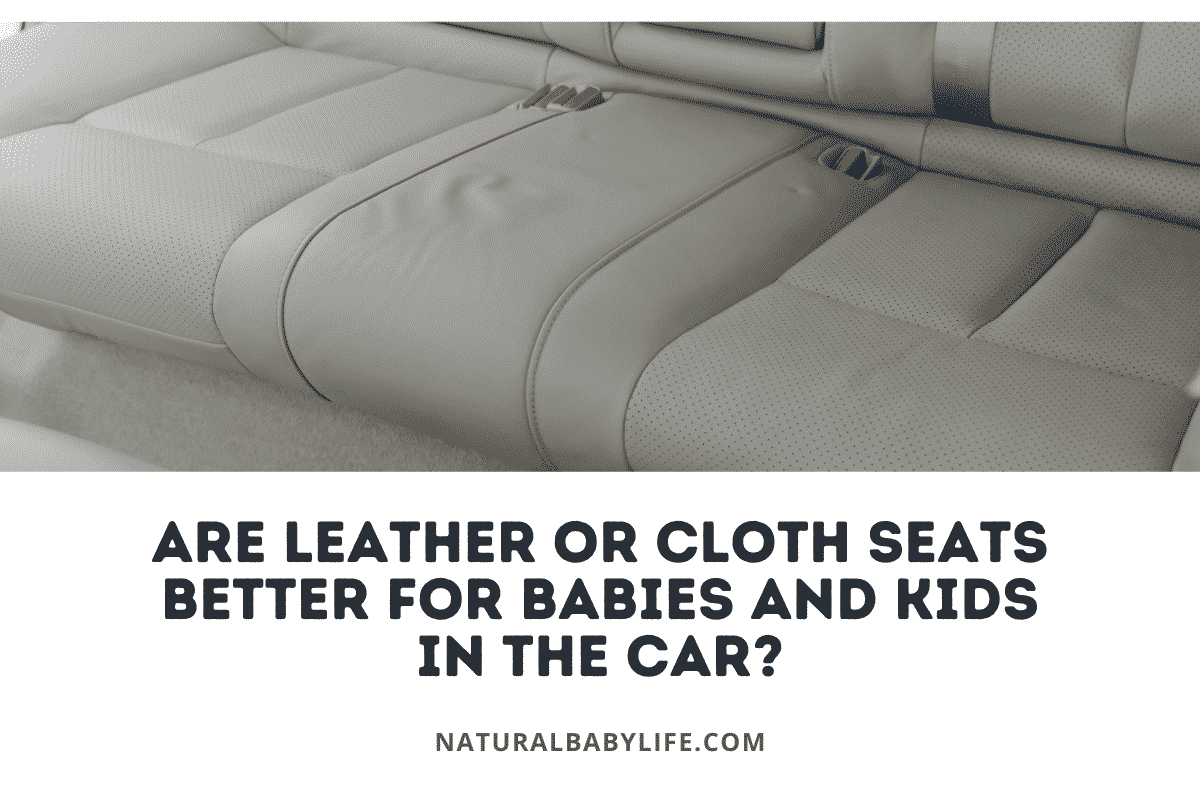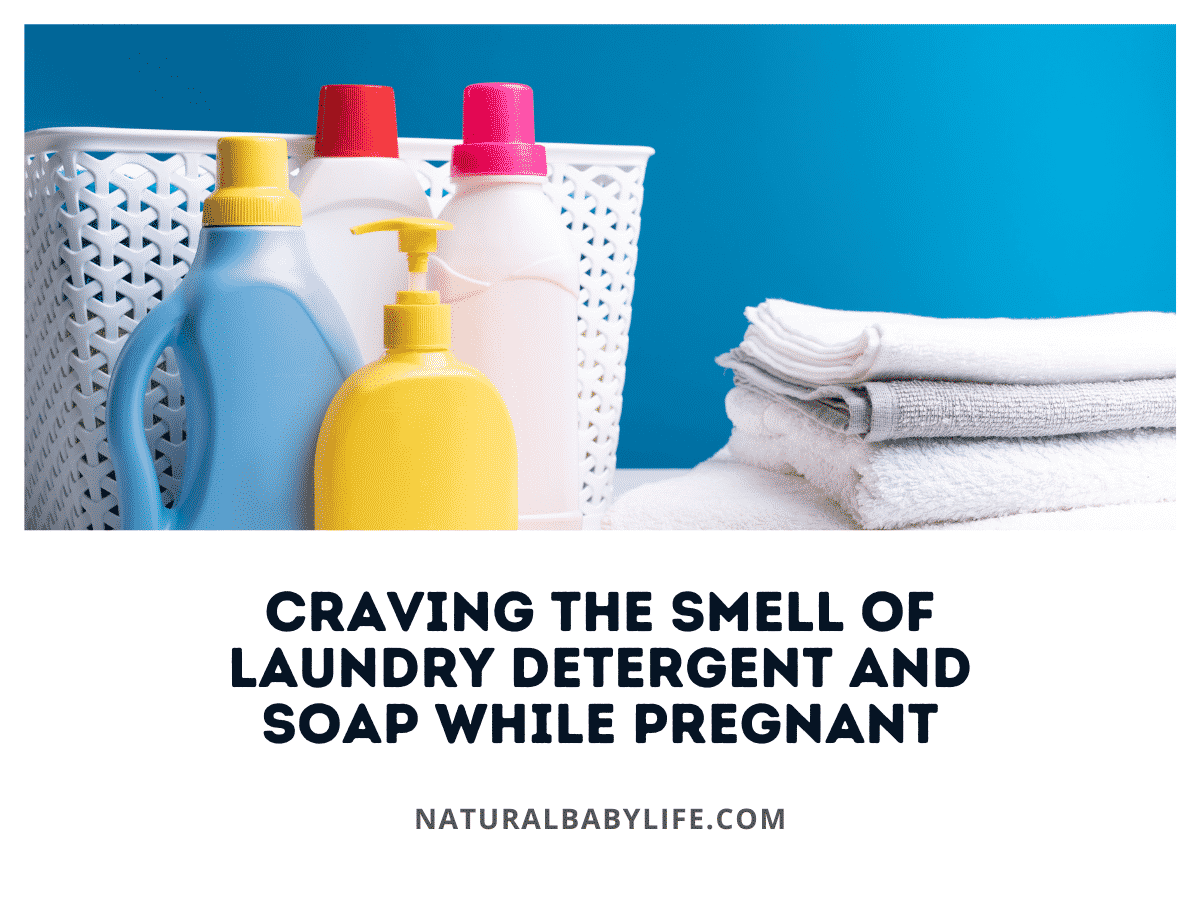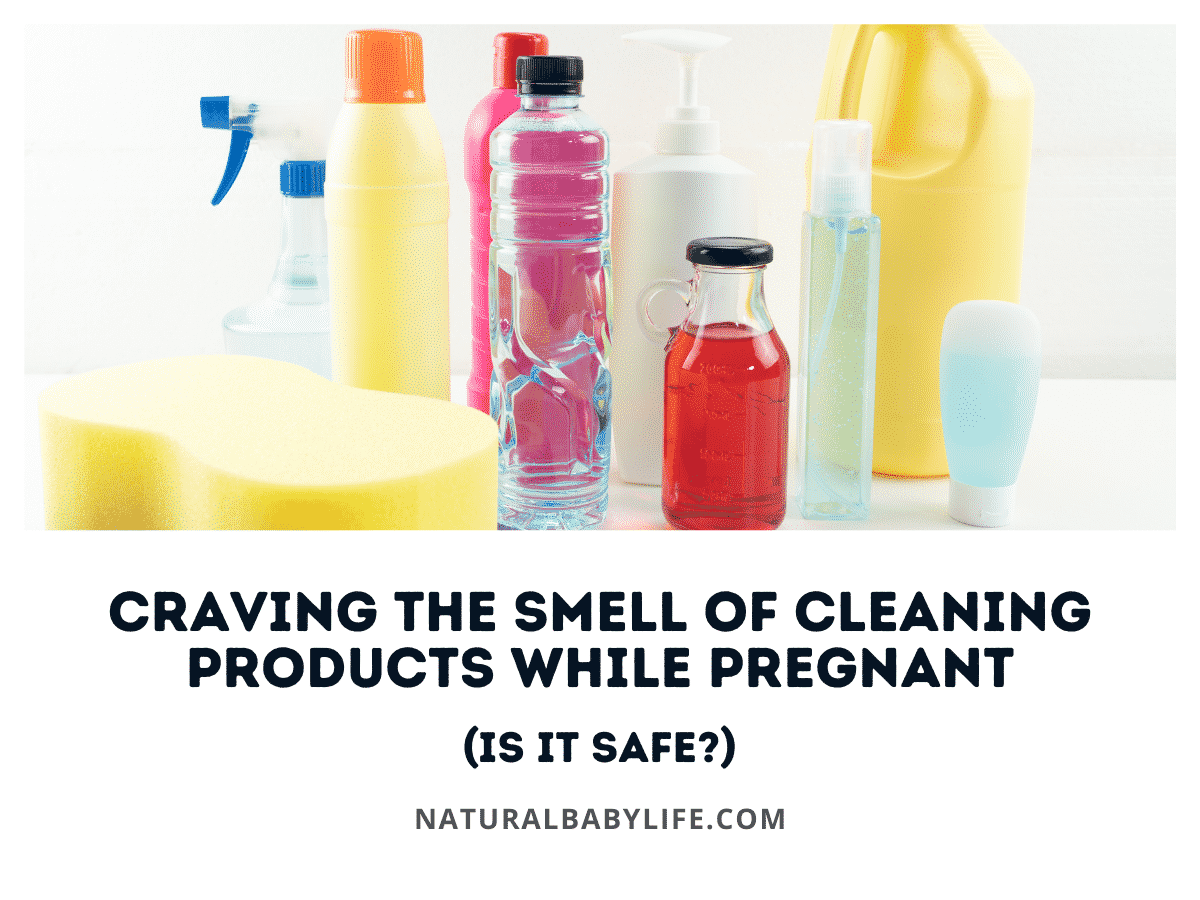As a parent, you want nothing more than for your baby to be safe and healthy. One important aspect of keeping your baby healthy is ensuring that their sleeping environment is clean and hygienic, including cleaning fresh or dry pee off the mattress. A dirty crib mattress can harbor germs, bacteria, and allergens that can cause illness or discomfort and can even pose a serious health risk for your baby.
You may be feeling overwhelmed and anxious about keeping your baby’s crib mattress clean, especially if you are dealing with spills, accidents, or other messes on a regular basis. You may be wondering how to effectively remove stains and odors, including cleaning fresh or dry pee off the mattress, and how to keep the mattress clean and fresh.
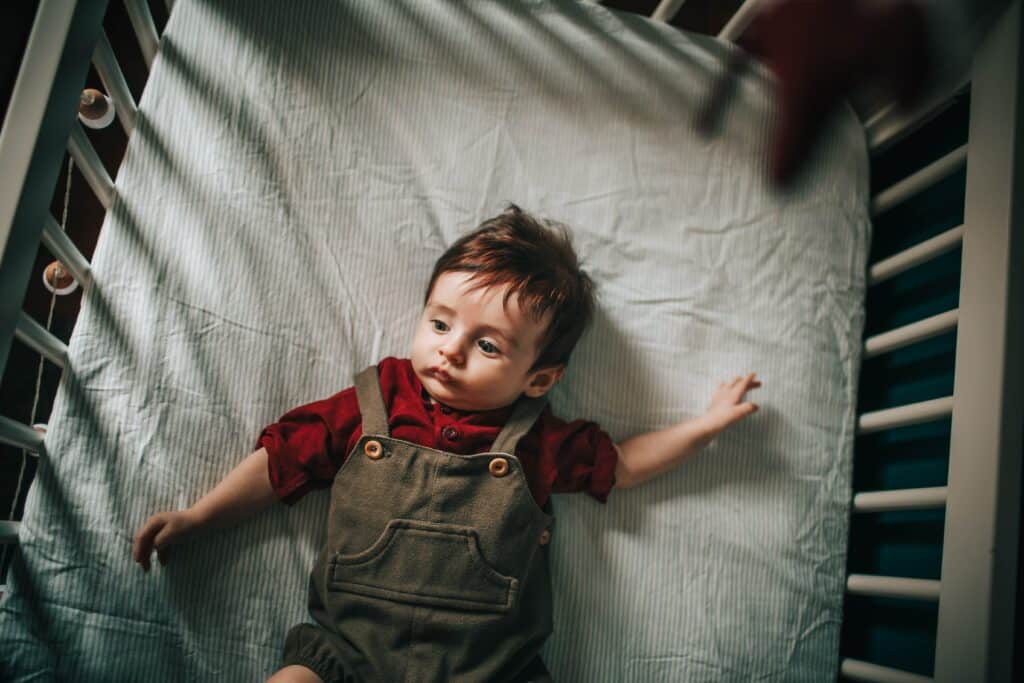
Fear not, as there are simple steps you can take to clean and maintain your baby’s crib mattress and create a safe and hygienic sleep environment for your little one. By following these steps, you can have peace of mind knowing that your baby is sleeping on a clean and comfortable surface, free from any fresh or dry pee stains.
Table of Contents
Materials Needed To Clean A Crib Mattress
To effectively clean your baby’s crib mattress, it is important to gather the necessary materials beforehand. In this section, we will provide a list of materials that you will need to clean and maintain your baby’s crib mattress. By having these materials on hand, you can ensure that you are prepared to tackle any messes or stains that may arise:
- Mild detergent or soap
- Water
- White vinegar
- Baking soda
- Soft cloth or sponge
- Vacuum cleaner (optional)
- Enzyme cleaner (optional)
- Bucket (optional)
- Spray bottle (optional)
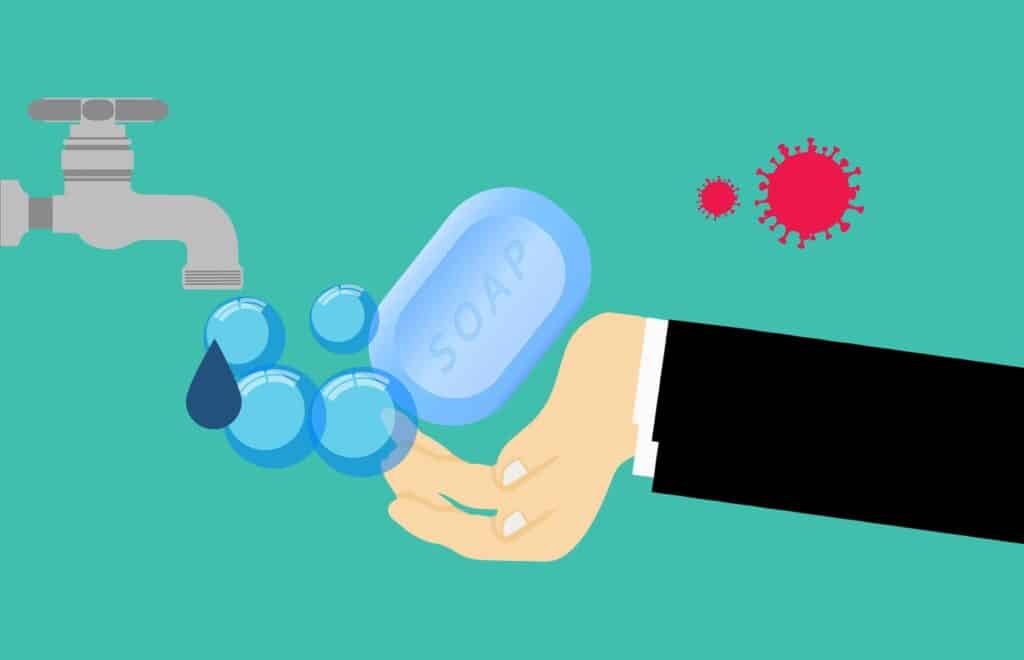
How do you get tough stains out of a crib mattress?
There are a few different methods you can try to remove tough stains from a crib mattress. Here are some steps you can take:
Blot the stain:
Use a new or clean absorbent cloth (or paper towels) to blot the stain. Press down gently to help sponge up the excess liquid and do not rub or scrub the stain. Rubbing or scrubbing can cause the stain to spread or become harder to remove.
Pre-treat the stain:
If the stain is particularly stubborn, you may want to pre-treat it with an enzyme cleaner or a mixture of water and white vinegar. Dilute the enzyme cleaner according to the manufacturer’s instructions and apply it to the stain using a cloth or sponge.
For a vinegar solution, mix equal parts water and vinegar and apply it to the stain using a spray bottle or a cloth. Let the pre-treatment sit for a few minutes to allow it to work on the stain.
Scrub the stain:
Mix a small amount of mild detergent or soap with water in a bucket or sink, or use a spray bottle to apply the solution to the stain. Dip a cloth or sponge in the soapy water and use it to gently scrub the stain, taking care to cover all areas and paying particular attention to the edges of the stain.
Rinse the stain:
Rinse the stain with clean water and a cloth or sponge to remove any remaining soap or dirt.
Dry the mattress:
Let the mattress air dry completely before placing it back in the crib. We recommend sun-drying the crib mattress as the UV rays act as another layer of disinfectant.
What Crib Mattress Features Affect The Cleaning Process?
Crib mattresses are designed specifically for the needs of babies and young children, and have several features that make them different from adult mattresses. These features can influence the cleaning process, and it is important to consider them when cleaning your baby’s crib mattress.
Firmness: Crib mattresses are required by law to be firm in order to reduce the risk of suffocation. A firmer mattress may be easier to clean than a softer one, as there is less risk of the cleaning solution sinking into the material and causing damage.
Materials: Crib mattresses are made from a variety of materials, including foam, innersprings, and natural fibers such as cotton or wool. Different materials may require different cleaning methods, and it is important to follow the manufacturer’s recommendations for care and maintenance to extend the crib’s lifespan.
Size: The size of the mattress may influence the tools and techniques you use to clean it. A smaller mattress may be easier to clean in a sink or bathtub, while a larger mattress may require a hose or spray bottle to reach all areas.
Waterproofing: Many crib mattresses have a waterproof cover or layer to protect against spills, accidents, and leaks. This can make them easier to clean, but it is still important to clean the surface of the mattress regularly to remove dirt and germs.
Ventilation: Crib mattresses with ventilation holes or channels may be more prone to accumulating dust and dirt, and may require more frequent cleaning to maintain a fresh and hygienic sleep environment.
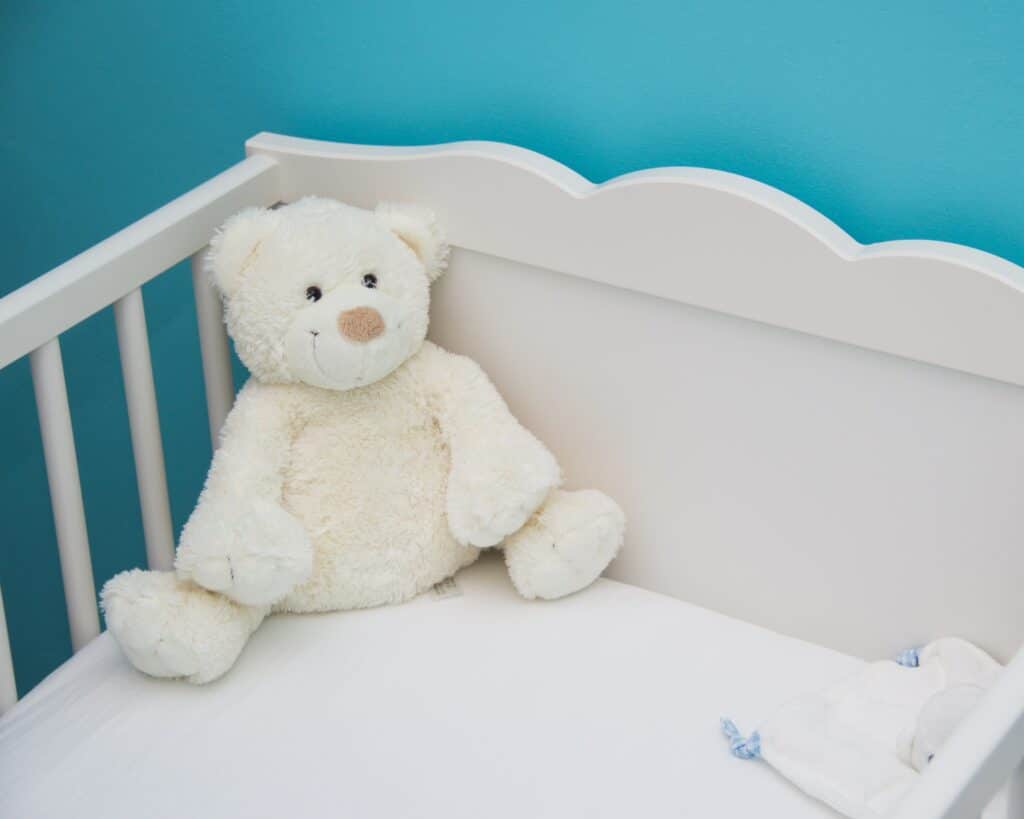
What NOT To Do When Cleaning A Crib Mattress
There are a few things you should AVOID using when cleaning a crib mattress:
- Harsh chemicals: Avoid using harsh chemicals, such as bleach or ammonia, on your baby’s crib mattress. These can be toxic and may cause irritation or allergic reactions.
- Abrasive materials: Avoid using abrasive materials, such as steel wool or scouring pads, to scrub the surface of the mattress. These can damage the surface of the mattress and may create a breeding ground for germs.
- Soaking the mattress: Avoid soaking the mattress or allowing water to penetrate the inner layers. This can damage the structure of the mattress and may lead to the growth of mold or mildew.
- Hot water: Avoid using hot water to clean the mattress, as this can shrink or distort certain types of materials.
- Excessive pressure: Avoid applying excessive pressure when scrubbing the mattress, as this can damage the surface and potentially create a breeding ground for germs.
By following these guidelines, you can help to protect your baby’s crib mattress and ensure that it remains in good condition for as long as possible.

